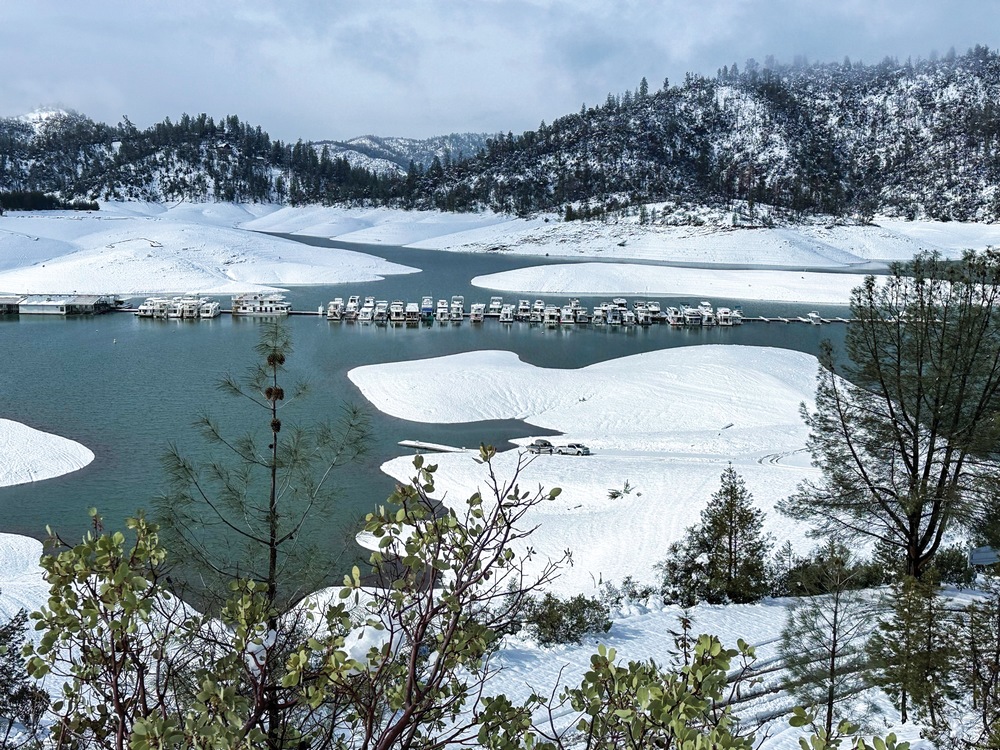Respect for your privacy is our priority
The cookie is a small information file stored in your browser each time you visit our web page.Cookies are useful because they record the history of your activity on our web page. Thus, when you return to the page, it identifies you and configures its content based on your browsing habits, your identity and your preferences.
You may accept cookies or refuse, block or delete cookies, at your convenience. To do this, you can choose from one of the options available on this window or even and if necessary, by configuring your browser.
If you refuse cookies, we can not guarantee the proper functioning of the various features of our web page.
For more information, please read the COOKIES INFORMATION section on our web page.


 Overall, the current snowpack is in a strong position with approximately one month remaining in the traditional wet season. However, there are significant differences between regions. The Southern Sierra snowpack is at 209% of the April 1 average. The Central Sierra is at 175%. The snow level in the Northern Sierra, which feeds into California’s largest two reservoirs, is reported as 136% of the April 1 average.
Overall, the current snowpack is in a strong position with approximately one month remaining in the traditional wet season. However, there are significant differences between regions. The Southern Sierra snowpack is at 209% of the April 1 average. The Central Sierra is at 175%. The snow level in the Northern Sierra, which feeds into California’s largest two reservoirs, is reported as 136% of the April 1 average.



























